Moles, warts, skin tags & bumps
Moles, Warts, Skin tags, Cherry angiomas, Cholesterol bumps, Fibromatosis, Keratoses pilaris, Milia & Sebaceous hyperplasia

Moles
A mole is an area of growth on the skin. Some moles are present at birth, while others develop over the course of your lifetime. Many adult moles come from sun exposure. It affects melanin production.
Mostly, moles are thought of as brown. But they can come in many other colours, including red, pink, and flesh–coloured. Some may also have hairs that grow from them, and most moles are benign.
Mole Removal
- Electrocautery and CO₂ laser resurfacing are two cutting-edge techniques which we combine to achieve remarkable results.

Meet Miss K, who harnessed Electrocautery and CO2 laser for transformative mole removal.
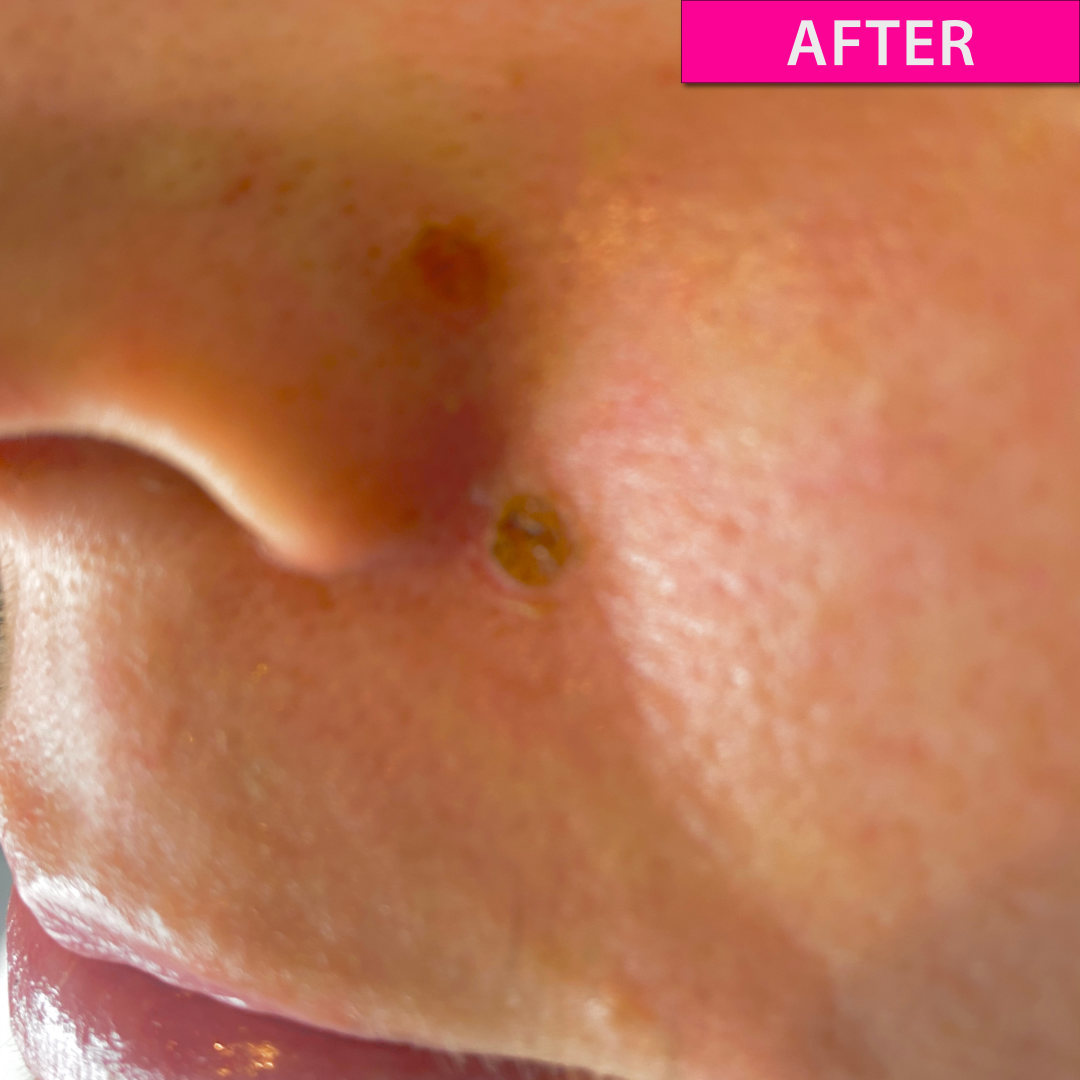
Expert treatment of three moles yields astonishing results in just 5 weeks.

The results are nothing short of extraordinary.
See also:
- Moles, warts & skin tag removal (article)
- Achieving Remarkable Mole Removal Results (blog post)
- The Powerful Duo (blog post)
Warts
Warts are small bumps that feel hard and rough to the touch. They vary in colour and can look greyish, brown, black, or pink. Warts do not usually hurt and are not a type of cancer. All warts are caused by human papillomavirus (HPV). Some warts don't immediately develop after exposure to the HPV virus. Sometimes it can take up to 6 months after exposure for one to appear.
Warts can occur anywhere on the body. They are spread by casual contact. They are most likely to happen on your hands, fingers, face, and feet. You can also spread warts from one part of your own body to another.
Wart removal
- Electrocautery is safe procedure. Doctors and highly trained aestheticians use it routinely to remove unwanted skin growths.
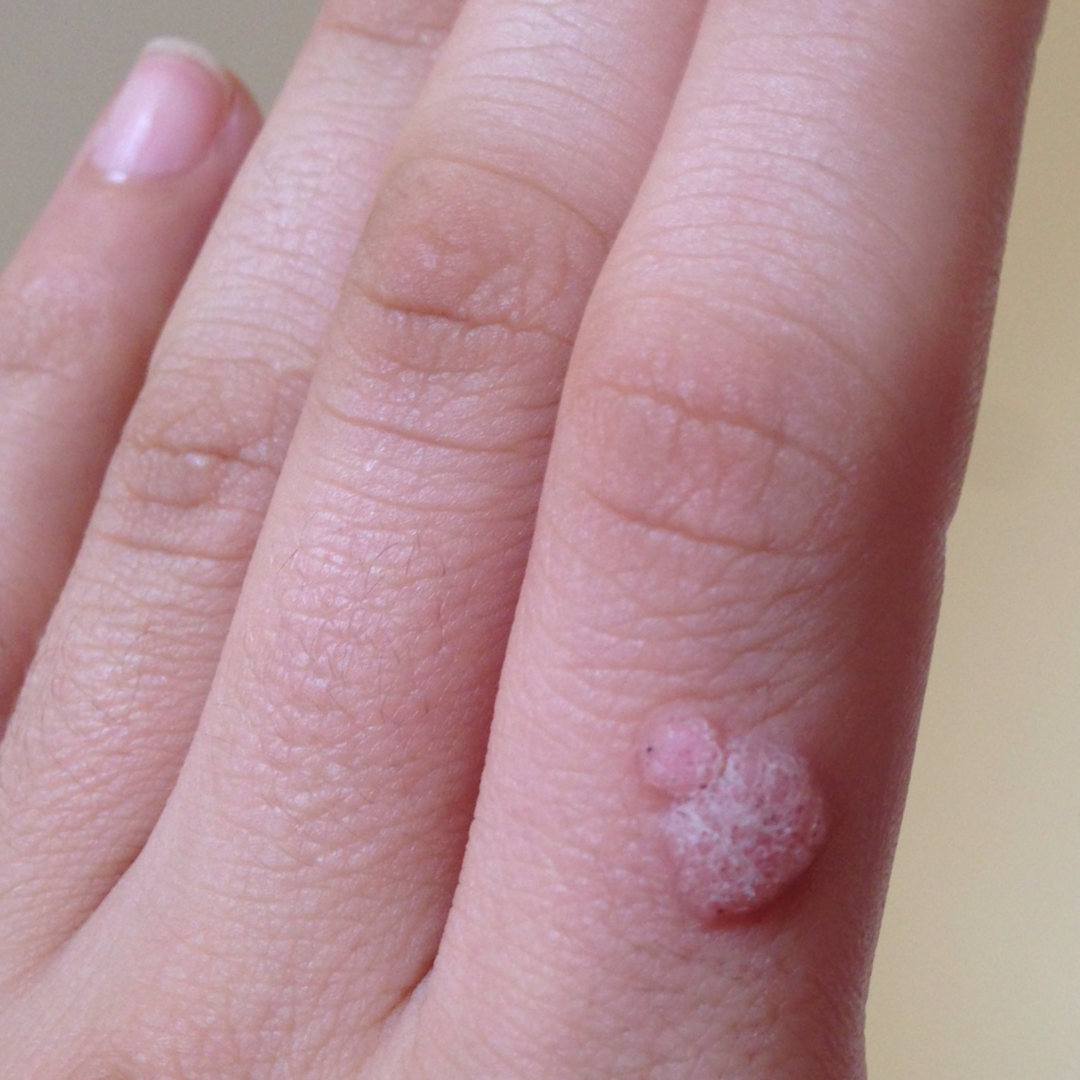
You shouldn't use salicylic acid to remove face warts. It can cause dark or light spots. Removing them with electrocautery leaves a small scar. It will never grow back.
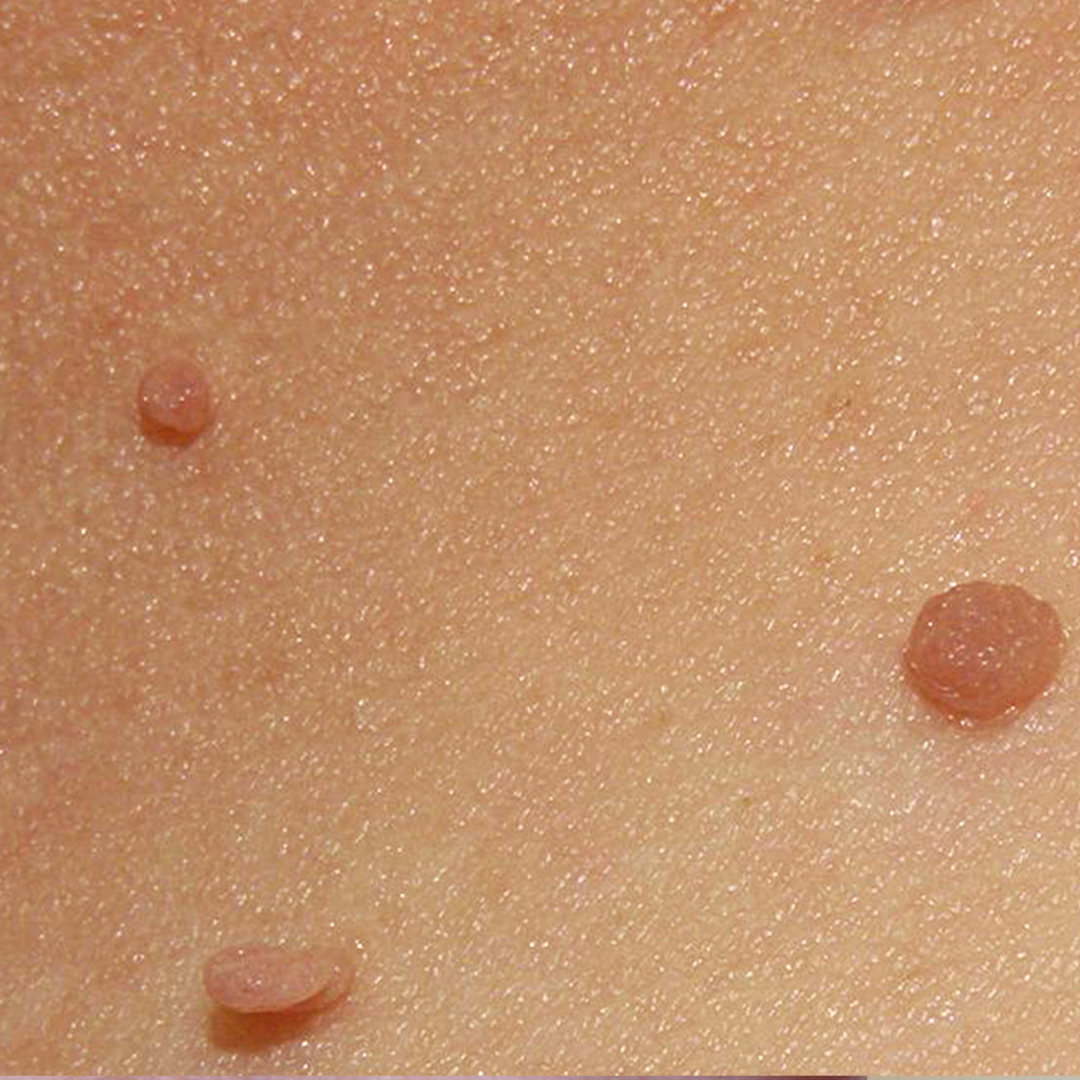
Skin tags are usually harmless, but they can be painful when snagged by jewellery or clothing. If these growths are bothersome or unsightly, we offer a permanent solution. Removing them with electrocautery leaves a barely noticeable scar, and will never grow back.
Skin tags
Skin tags are soft, noncancerous growths. They usually form within the skin folds of the neck, armpits, breasts, groin, and eyelids. These growths are loose collagen fibres. They become lodged in thick areas of the skin.
Skin tags are very common, they're more common among older adults, overweight people, and people with diabetes.
It's unclear exactly what causes skin tags to form. Since they usually show up in skin folds, friction may play a role. We do know that they're made up of blood vessels and collagen surrounded by an outer layer of skin.
Skin tag removal
- Electrocautery is safe procedure. Doctors and highly trained aestheticians use it routinely to remove unwanted skin growths.
Cherry angiomas
Cherry angiomas are a form of common skin growth that can develop on most areas of your body. They're usually found on people aged 30 and older. Cherry angiomas have a collection of small blood vessels. These give them a reddish appearance.
They are often bright red. They are circular or oval. They are small, usually from a pinpoint to about 6mm across. Some cherry angiomas appear smooth and even with your skin, while others appear slightly raised. They most often grow on the torso, arms, legs, and shoulders.
Removal of Cherry angiomas
- Electrocautery is safe procedure. Doctors and highly trained aestheticians use it routinely to remove unwanted skin growths.

As we age, we are more likely to develop all kinds of skin imperfections especially moles, warts, skin tags & various "bumps".

Many bumps often appear very similar to each other and can only be identify in person.
Cholesterol bumps & Xanthelasma
Cholesterol bumps are slightly raised or flat growths on your skin. They are yellow-tinted and usually gather on or around your eyelids. While they aren't harmful, they can get worse over time and may cause some pain and can still be annoying. They are caused by a buildup of cholesterol beneath the skin.
Removal of Cholesterol bumps
- Electrocautery is safe procedure. Doctors and highly trained aestheticians use it routinely to remove unwanted skin growths.
Fibromatosis
Fibromatosis refers to a group of conditions. They are characterised by overgrowths of skin and connective tissue tumours called fibromas. These fibromas are usually benign (non-cancerous).
Presently the cause of fibromatosis remains unknown.
Removal of Fibromatosis
- Electrocautery is safe procedure. Doctors and highly trained aestheticians use it routinely to remove unwanted skin growths.

Often one problem can be hidden by another, or be camouflaged by your natural beauty.
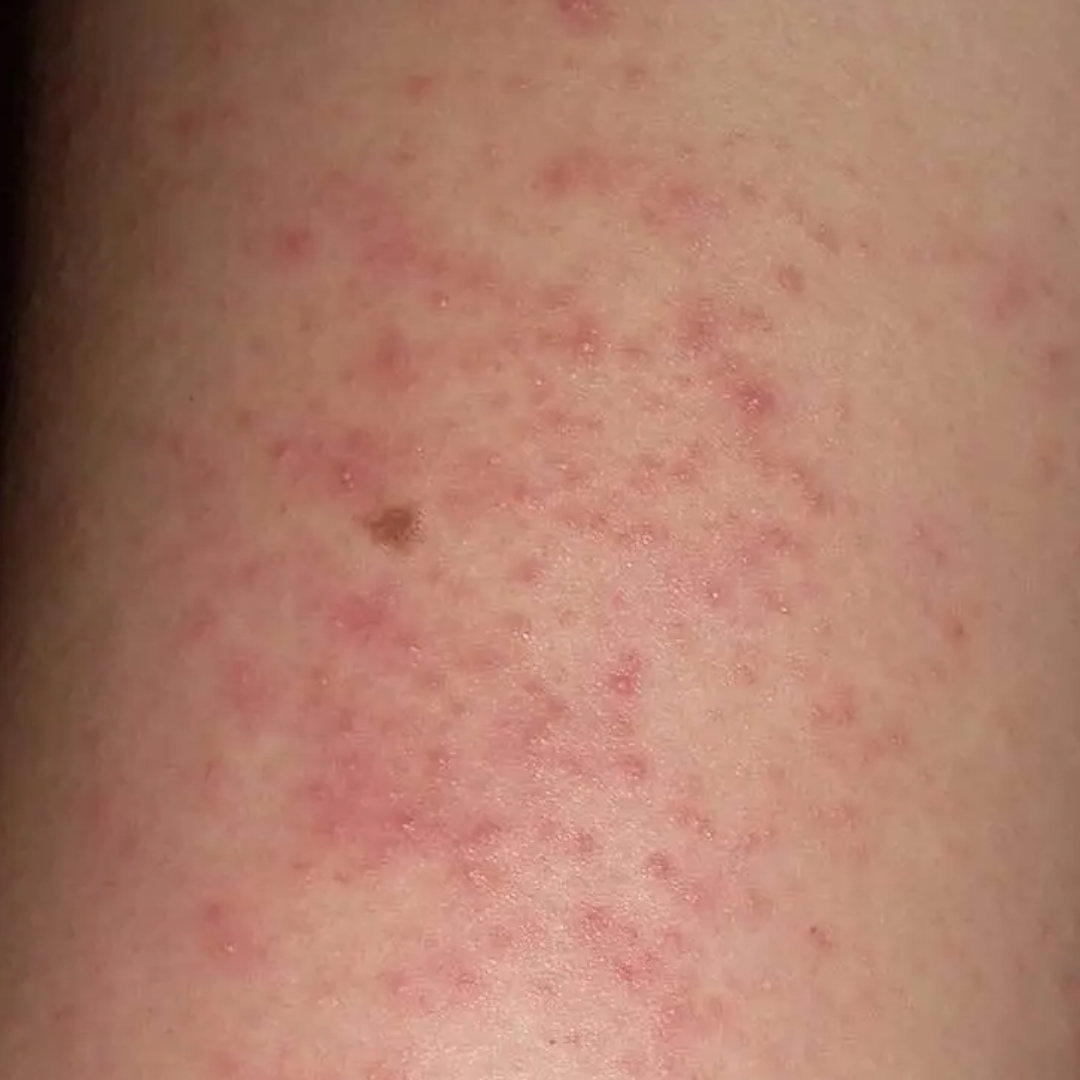
This skin condition is prevalent in persons of all ethnicities, and no particular ethnicity is at higher risk for developing keratosis pilaris.
Keratoses pilaris
Keratosis pilaris is common. It causes rough-feeling skin bumps. These tiny bumps or pimples are actually dead skin cells plugging hair follicles. They sometimes appear red or brown in colour.
Keratosis pilaris is commonly found on the upper arms, thighs, cheeks, or buttocks. It isn't contagious, and these bumps don't usually cause any discomfort or itching. This condition gets worse in the winter. The skin dries out then. It may also worsen during pregnancy.
Keratosis pilaris affects an estimated 30 to 50% of adults. It also affects 50 to 80% of all adolescents. It is more common in women than in men, and it is often present in otherwise healthy individuals.
This skin condition is common in all ethnicities. No ethnicity is at higher risk for developing keratosis pilaris.
Removal of Keratosis pilaris
- Electrocautery is safe procedure. Doctors and highly trained aestheticians use it routinely to remove unwanted skin growths.
Milia
A milium cyst is a small, dome–shaped bump that are usually white or yellow. They typically appear on the nose and cheeks. These cysts are often found in groups. Multiple cysts are called milia.
Milia occurs when keratin becomes trapped beneath the surface of the skin. Keratin is a strong protein that's typically found in skin tissues, hair, and nail cells. Milia can occur in people of all ethnicities or ages, however they're most common in newborns.
Removal of Milia
- Electrocautery is safe procedure. Doctors and highly trained aestheticians use it routinely to remove unwanted skin growths.
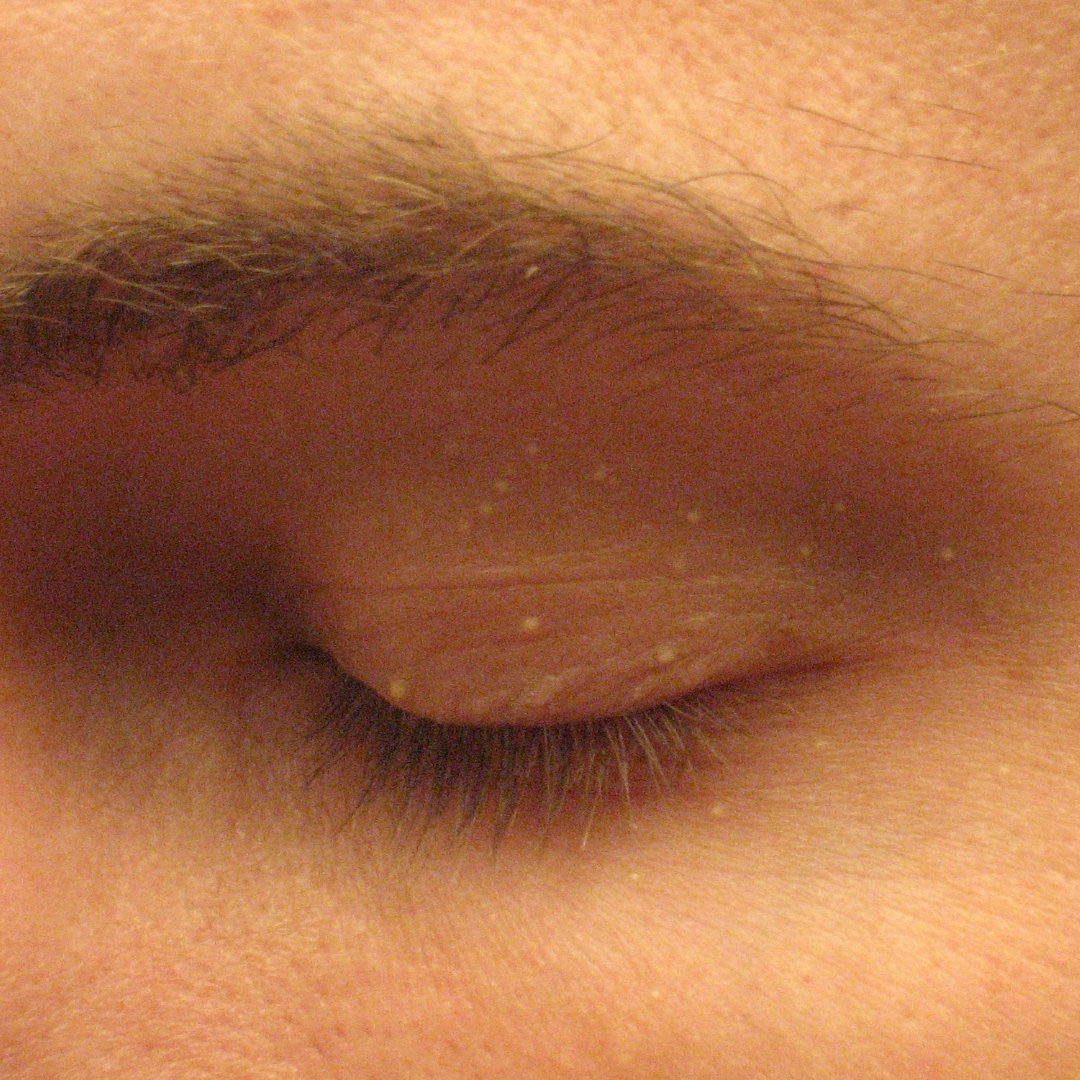
Thick makeup will only hide skin problems briefly. Many problems will spread or grow. Correcting the problems earlier is both easier and less costly.
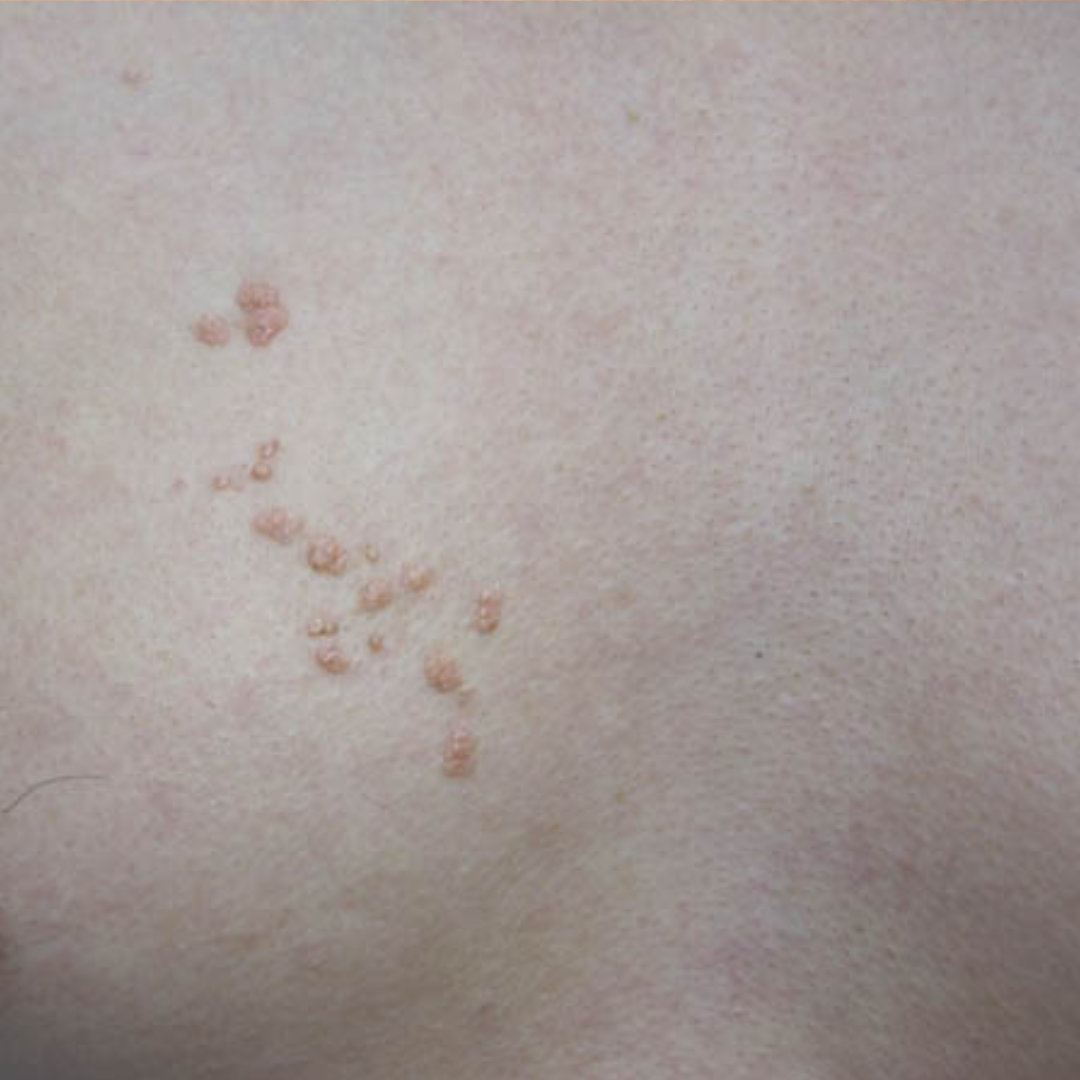
The bumps are harmless. They occur when the sebaceous glands enlarge and trap sebum. This creates shiny bumps on the skin, especially the face.
Sebaceous hyperplasia
Sebaceous hyperplasia causes yellowish or flesh–coloured bumps on the skin. These bumps are shiny and usually on the face, especially the forehead and nose. They're also small, usually between 2 and 4 millimetres wide, and painless.
Sebaceous glands are attached to hair follicles all over your body. They release sebum onto your skin's surface. Sebum is a mixture of fats and cell debris that creates a slightly greasy layer on your skin. It helps keep your skin flexible and hydrated.
Removal of Sebaceous hyperplasia
- Electrocautery is safe procedure. Doctors and highly trained aestheticians use it routinely to remove unwanted skin growths.
